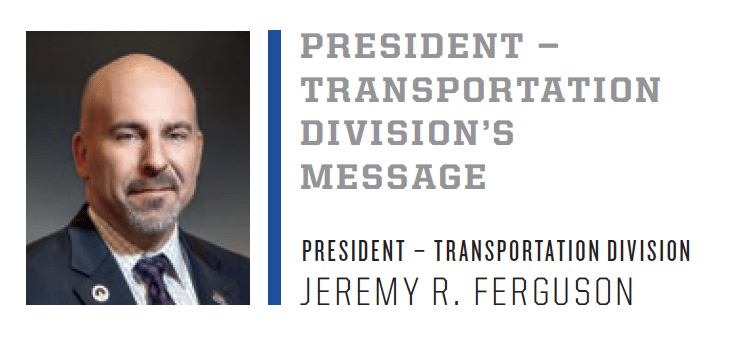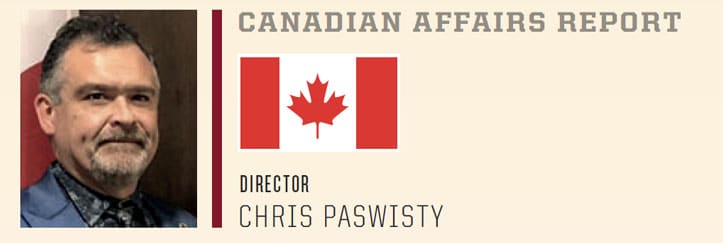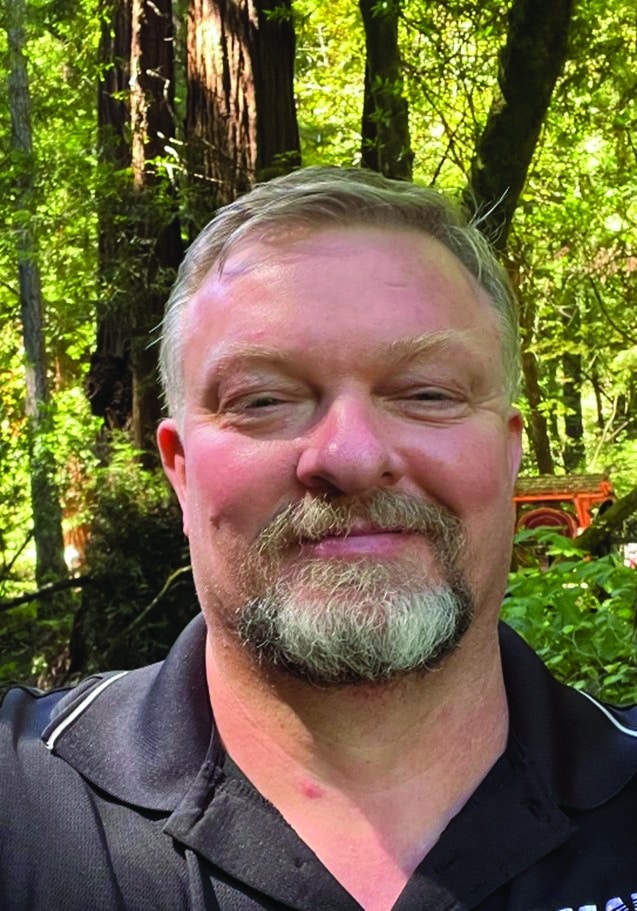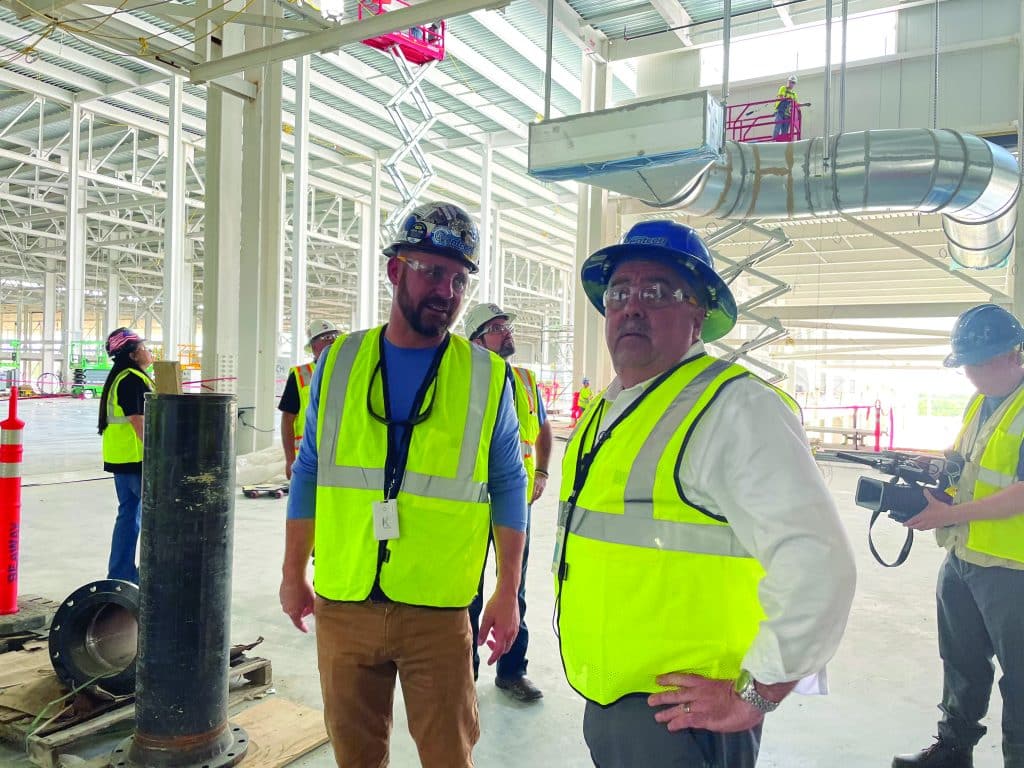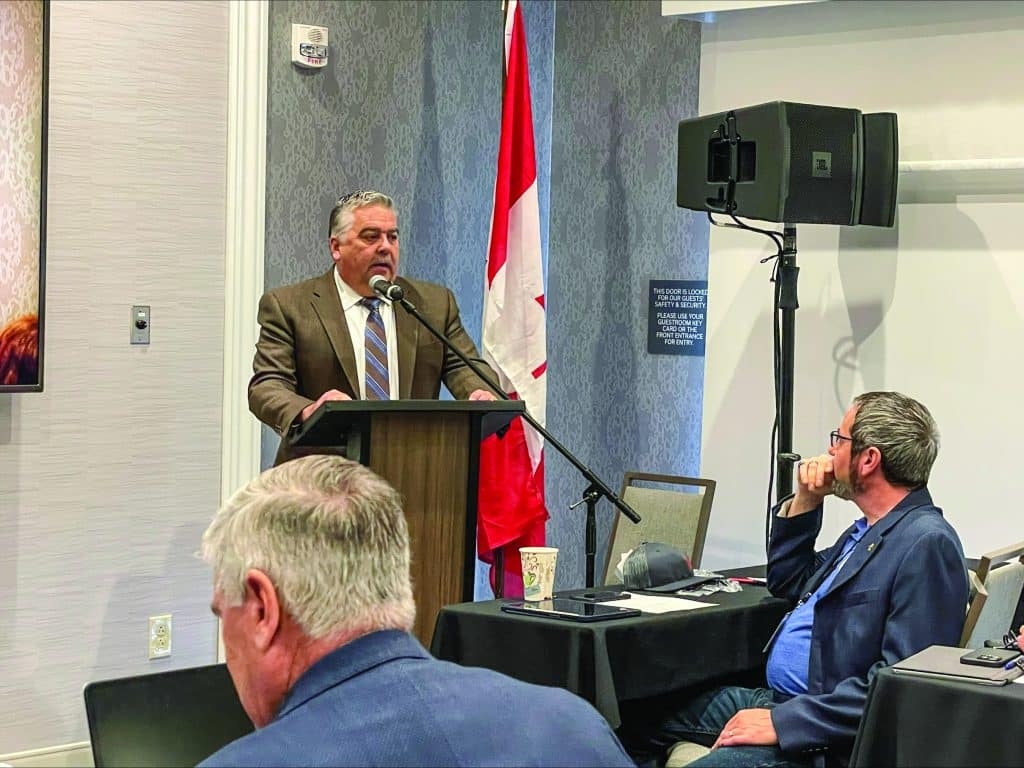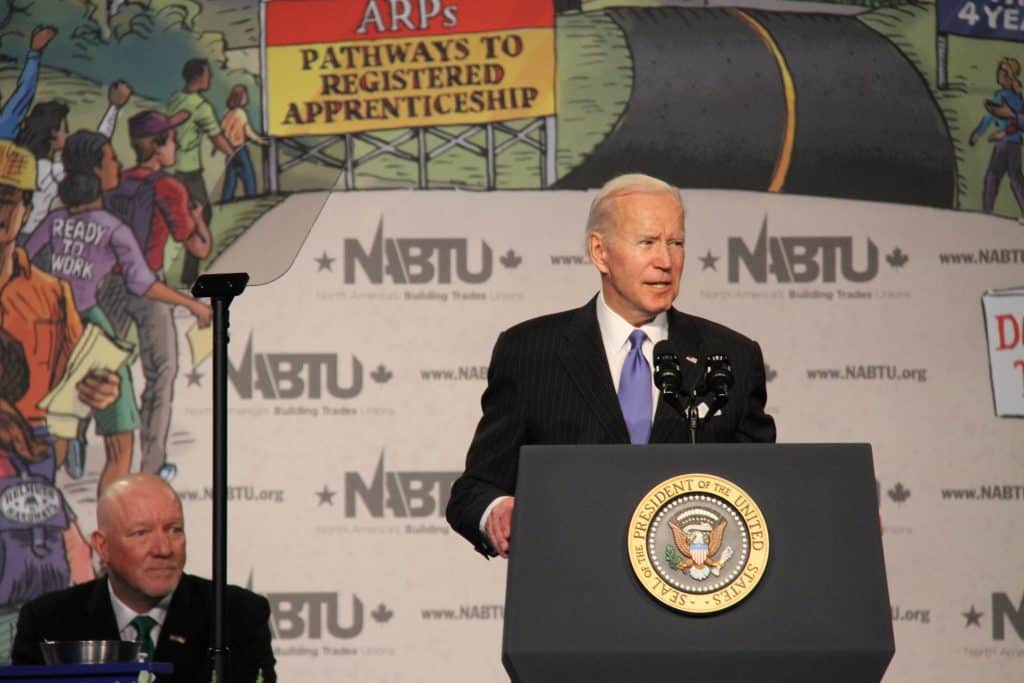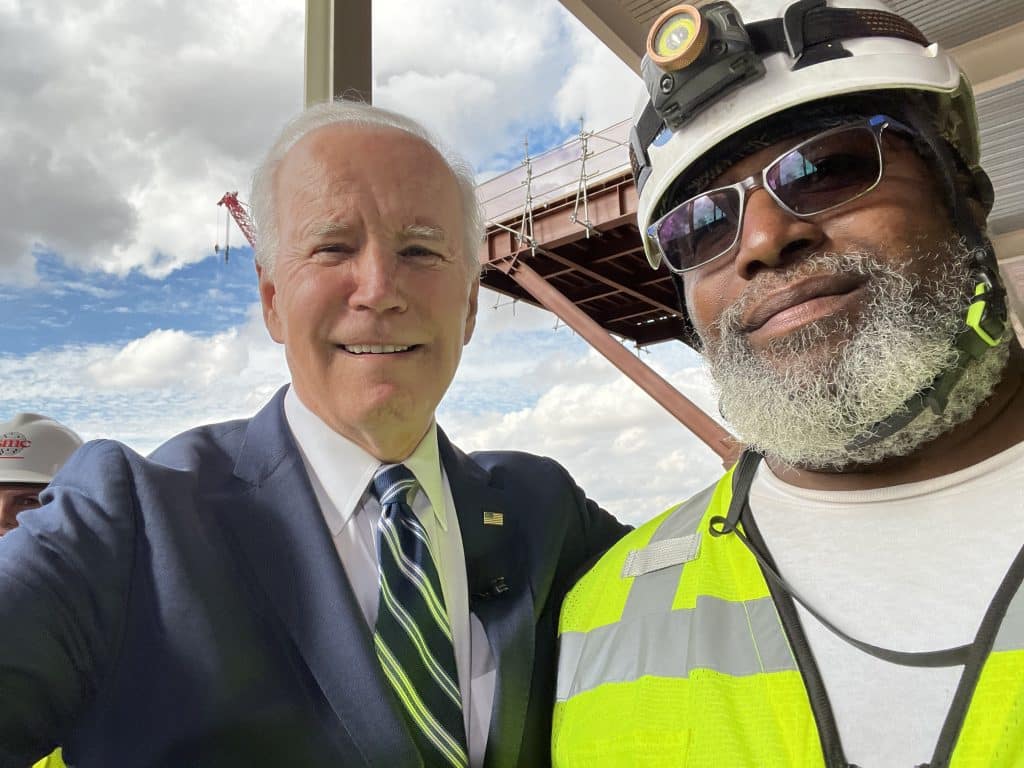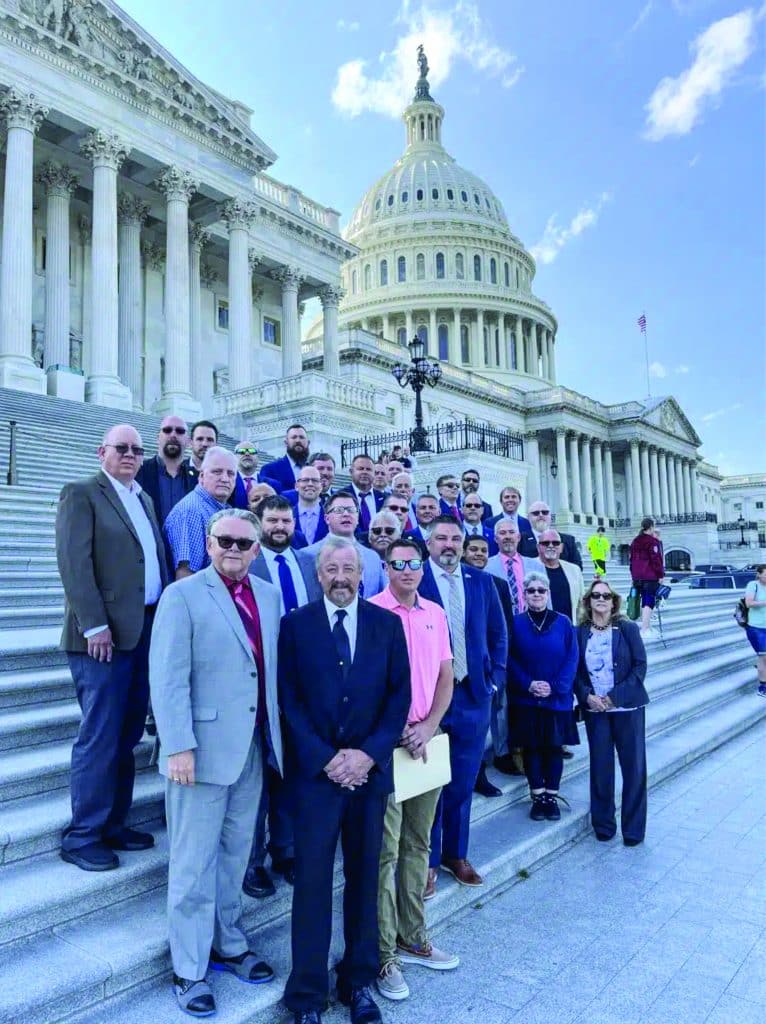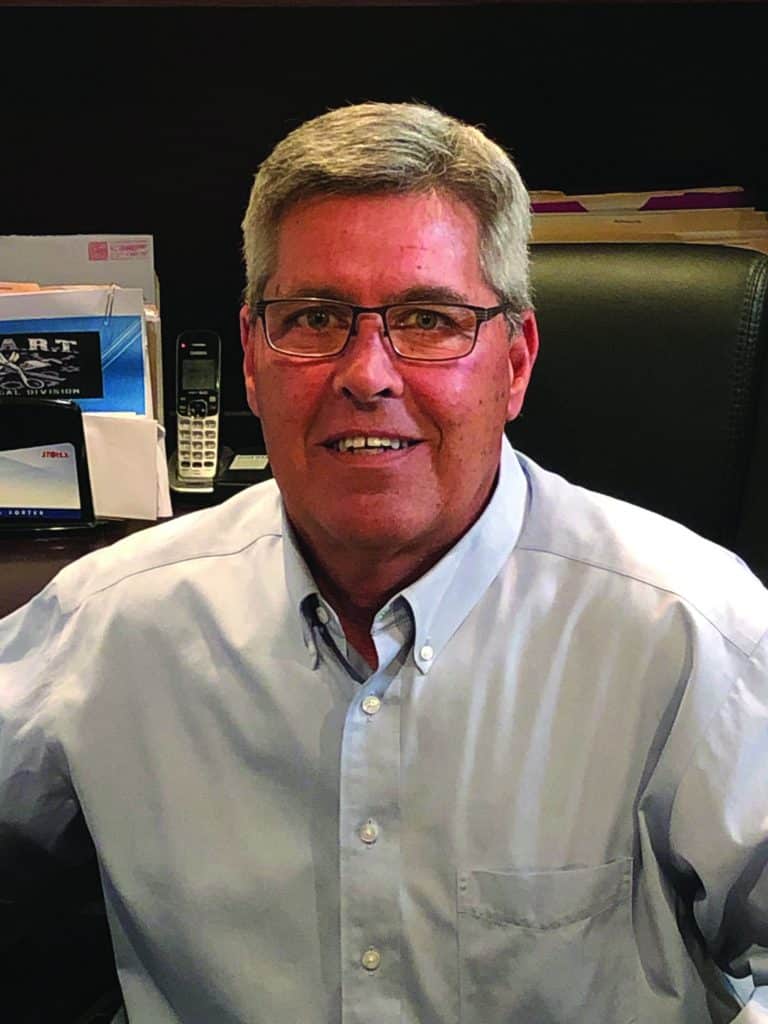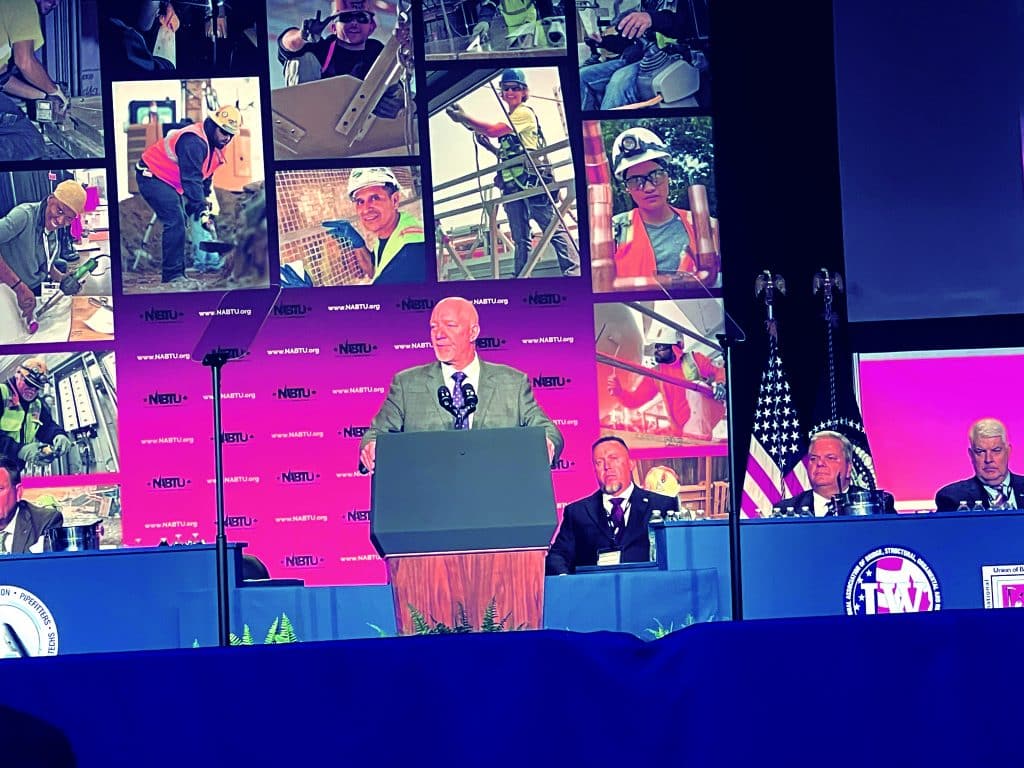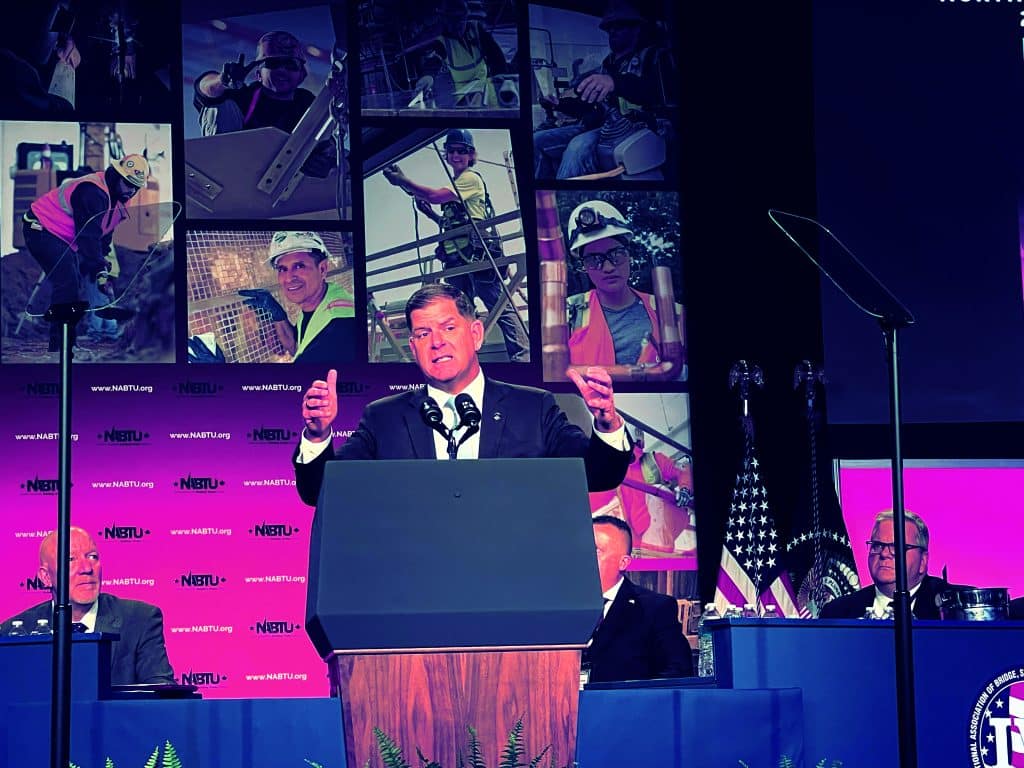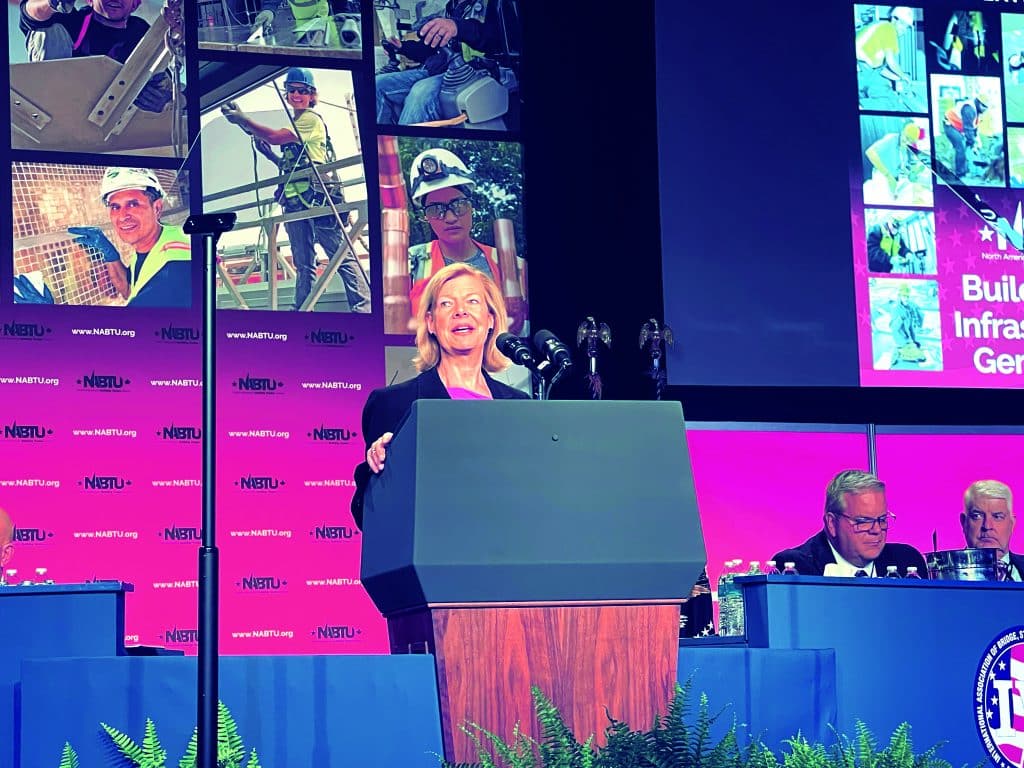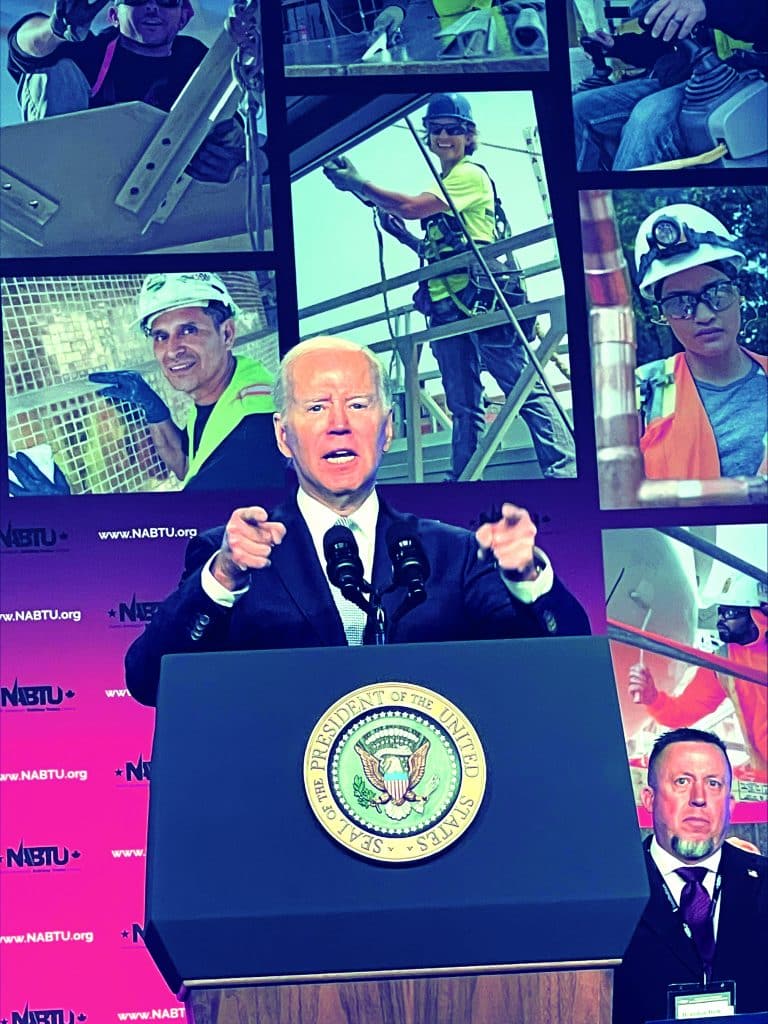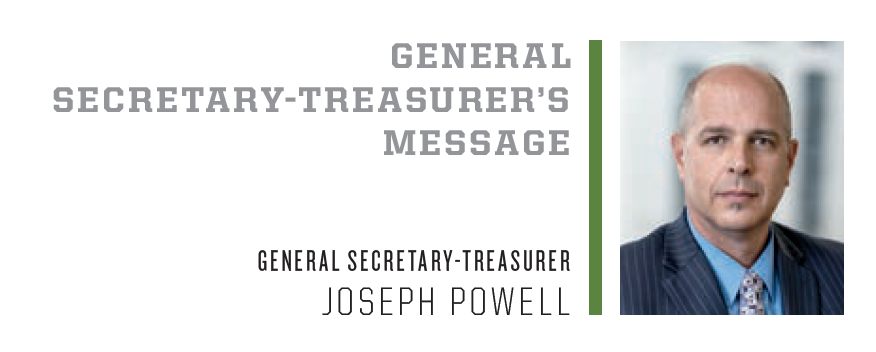
I want to begin by congratulating Michael Coleman on his election by the SMART General Executive Council to serve as our General President. I have worked with Mike for years and look forward to where he will lead us as we move forward together, in solidarity.
In this pivotal moment, we stand at the crossroads of opportunity and challenge. The 2024 election looms ahead, presenting us with a chance to continue to shape the course of our nation’s future. At the same time, rapid technological advancements are revolutionizing the way we live, work and connect. We must seize this moment to prepare for the upcoming election, embrace the promise of technological innovation and position our union to navigate the changes that lie ahead.
The 2024 election will influence our nation for decades to come. We need to elect allies who stand by our union and work with us to improve the lives of SMART members, our industries and our families. There is too much at stake for us to turn back to an administration when we were constantly defending ourselves from attack after attack on the standards we set for generations of Americans.
Now is the time to engage in active political participation, to become informed about the issues that matter most to us as union members and to exercise our right to vote. By understanding the platforms and policies of political candidates, we can make informed choices that align with our union values. This means voting for those who stand with us on rail safety, new work opportunities for sheet metal workers, bringing back domestic jobs and ensuring working people are treated fairly.
Now is our time to act and position our union for a future of progress and prosperity. Let us come together, transcend differences and work towards a common goal: a dynamic union that thrives amidst change, that embraces innovation, and that uplifts each and every one of its members.
In parallel, technological innovation has become an integral part of our daily lives, transforming industries and societies alike — and we must prepare ourselves for what lies ahead. Investing in training for the sheet metal industry of tomorrow is crucial for SMART to remain at the forefront of innovation. By promoting our role in rebuilding America’s infrastructure through new data centers, electric battery plants and microchip plants and improving the quality of air in our schools, we will ensure our union is equipped to tackle the challenges and embrace the opportunities that the future holds.
Lastly, we must strive to build a united and inclusive union. Nurturing our solidarity through programs like I Got Your Back and embracing diversity and inclusion are vital to our growth, our competitiveness and our collective efforts to fulfill the core goal of our union — representation for all members. Doing this puts us on the forefront of creating a society that is fair and just for all, addressing systemic issues and securing equal opportunities for everyone.
Now is the time to act and position our union for a future of progress and prosperity. Let us come together, transcend differences and work towards a common goal: a dynamic union that thrives amidst change, that embraces innovation, and that uplifts each and every one of its members.
In solidarity,

Joseph Powell
SMART General Secretary Treasurer
